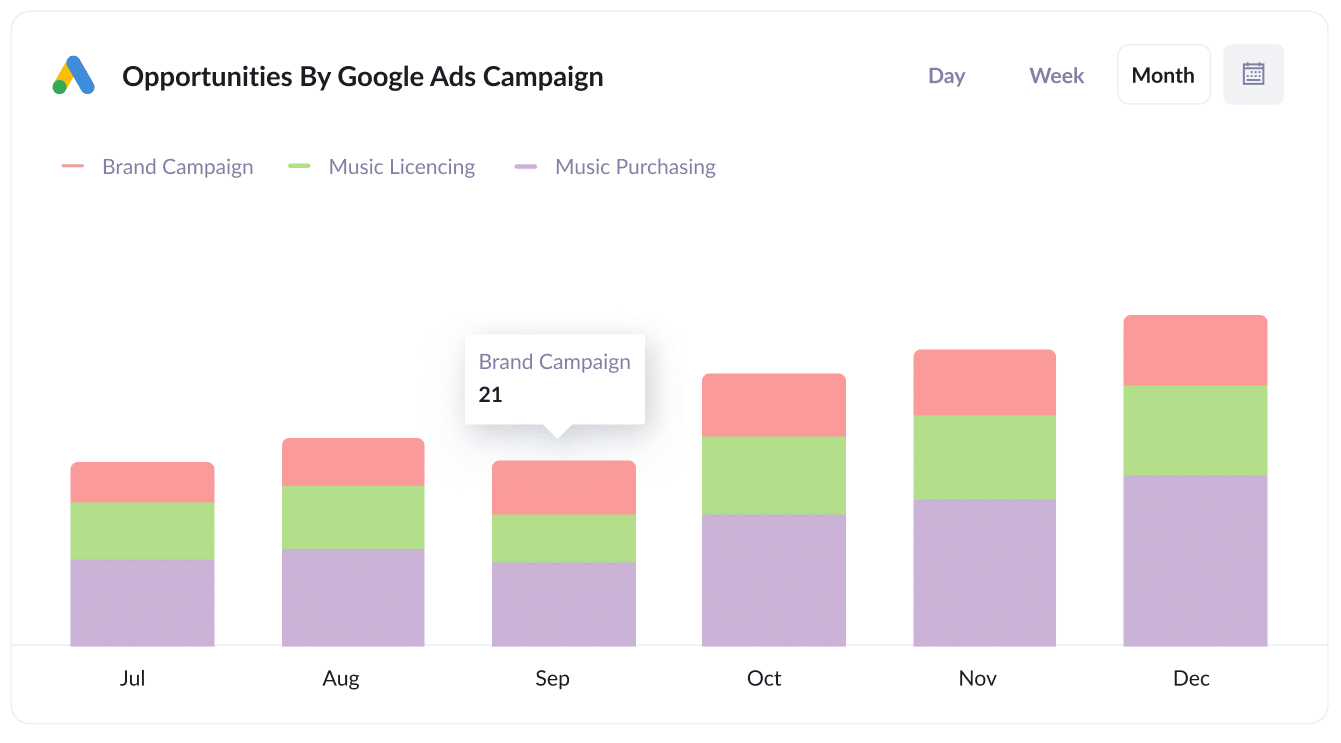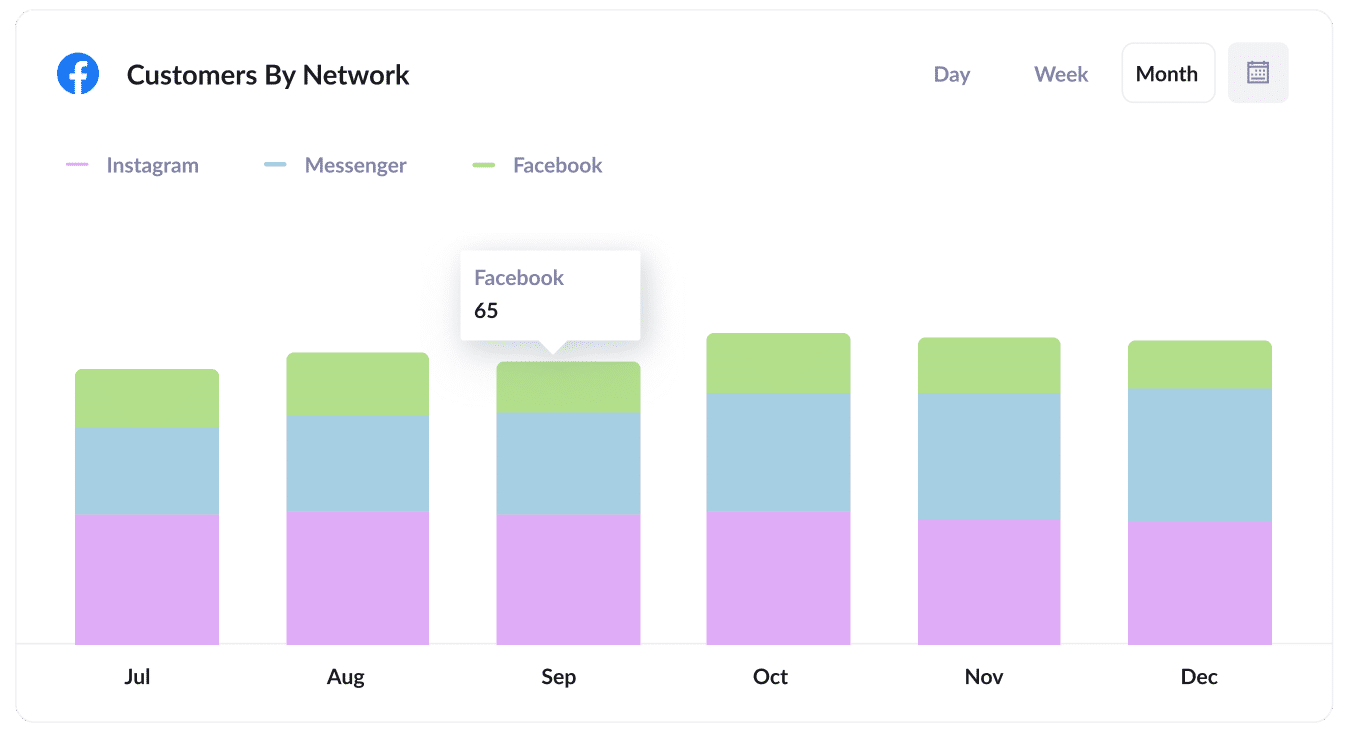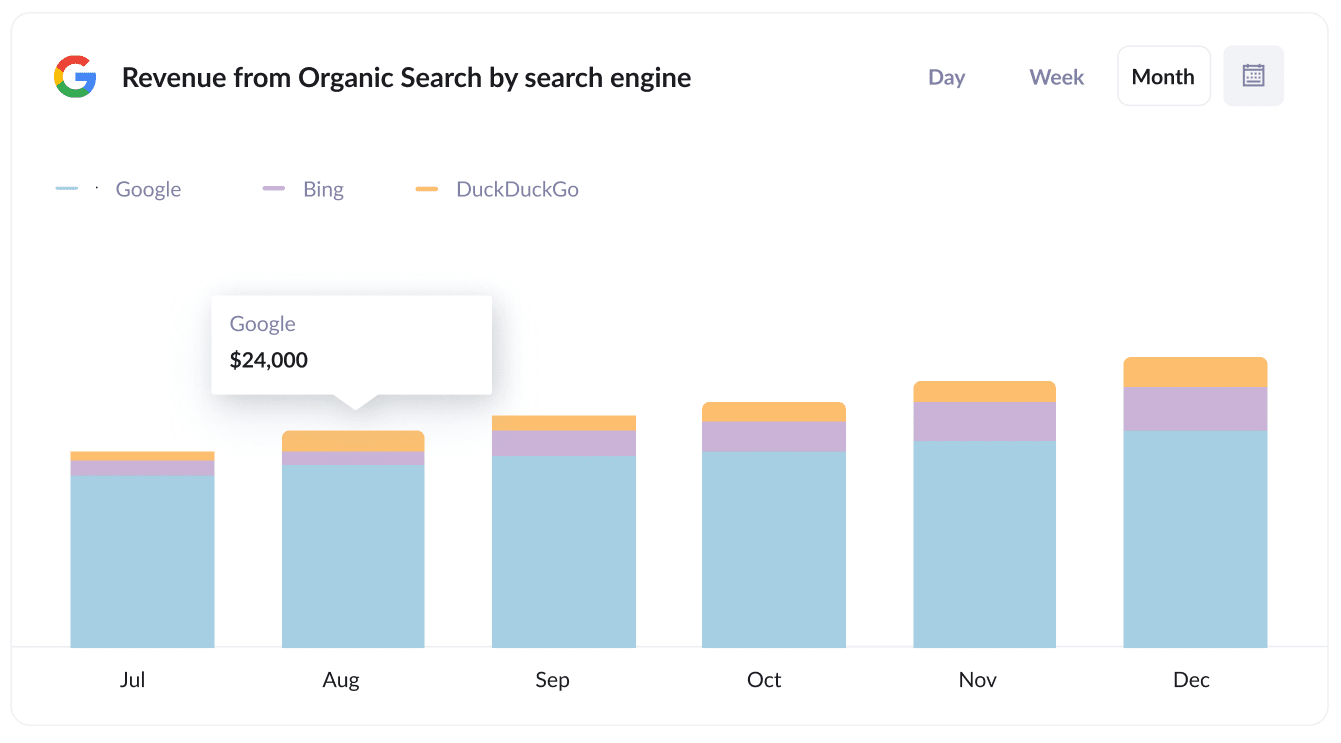The best way to integrate Google Analytics data into ActiveCampaign
Learn the best way to integrate Google Analytics data, such as Channel & Landing Pages, into ActiveCampaign so you can see where your leads & customers are coming from

Do you know which marketing channels and campaigns bring in most of your leads and customers? If not, you're probably wasting your marketing budget and missing out on opportunities to grow your organization.
But don't worry, there's a solution.
By sending Google Analytics data, like Channel and Landing Page information, into ActiveCampa, you can run reports that show you exactly which channels and campaigns are driving leads, customers, and revenue.
In this article, we'll show you how to use a tool called Attributer to integrate Google Analytics data into ActiveCampaign. It's a game-changer for understanding your marketing impact.
What is Attributer?
Attributer is a nifty little script that you can place on your website.
Here's how it works: When someone visits your website, Attributer takes a look at some technical details about how the visitor arrived at your site (the same things Google Analytics looks at).
It then figures out where the visitor came from and puts them into different categories called channels (just like Google Analytics does). Attributer then saves this information as a cookie in the visitor's browser.
Now, when that same visitor fills out a lead form on your website, Attributer writes the information about where they came from into hidden fields you add to your forms and it is sent into ActiveCampaign alongside the lead's details (like their name, email, etc)
The idea for Attributer came from a B2B marketing consultant who noticed that many clients were struggling to determine which channels were actually driving leads and customers, not just visitors (which you can easily find out with tools like Google Analytics). Initially, I developed it to make my work easier with clients, but then realized it could be useful for other marketers.
4 steps for integrating Google Analytics data into ActiveCampaign
Using Attributer to integrate Google Analytics data into ActiveCampaign is easy. Here's how to do it in 4 easy steps:
1. Add hidden fields to your forms

To get started, you need to add some Hidden Fields to your lead capture forms. These hidden fields are:
- Channel
- Channel Drilldown 1
- Channel Drildown 2
- Channel Drilldown 3
- Landing Page
- Landing Page Group
Most form-building tools make it easy to add hidden fields, or if you're using a custom HTML form on your website then you can simply add input type="hidden" to the form fields.
2. Attributer automatically completes the hidden fields with Google Analytics data

Once you've setup the hidden fields and added the Attributer code, it begins to track where your website visitors are coming from. Then, when one of those visitors fills out a form on your site, Attributer automatically fills in the hidden fields with Google Analytics data.
For instance, let's say you're Dropbox, and someone arrives at your website through your Brand campaigns in Paid Search. Attributer would populate the hidden fields like this:
- Channel: Paid Search
- Channel Drilldown 1: Google
- Channel Drilldown 2: Brand Campaign
- Channel Drilldown 3: Dropbox
But that's not all! Attributer also captures additional information. It grabs the visitor's first landing page, such as "dropbox.com/features/cloud-storage," as well as the landing page category, like "Features."
3. Google Analytics data is passed into Salesforce

Finally, when a visitor submits the form on your website, all of the Google Analytics data that has been written into the hidden fields by Attributer gets passed into ActiveCampaign along with the name, email, phone, etc of the lead.
4. Run reports to know what channels are driving leads, customers & revenue

Once you have the Google Analytics data in ActiveCampaign alongside each lead, it's time to start running reports!
You can use ActiveCampaign's built in reporting tools to do this, or you can use third-party reporting tools that integrate with ActiveCampaign to get more advanced reporting.
Regardless of which tool you use, you should be able to see which channels are bringing in the most leads, what the conversion rate to deal is, how many customers you get from each channel, how much revenue has been generated, and more!
What data gets passed into ActiveCampaign
At Attributer, we believe there are essentially two key elements to proper marketing attribution:
- Channel - How did they get to your website? Usually one of Organic Search, Paid Search, Paid Social, Referral, etc.
- Landing Page - What content on your site attracted them there? It could be your Features pages, your blog, your eBooks, etc.
As a result of this, we built Attributer so that it collects all the information you need to answer the above questions.
1. Marketing Channel Data
Attributer automatically captures the channels your leads come from, such as Paid Search, Paid Social, and Organic Search. It also provides detailed information within each channel, like Campaign, Ad Group, and Keyword.
2. Landing Page Data
Attributer also captures the initial page that leads land on when visiting your site, such as "dropbox.com/blog/best-file-storage-tools." It also categorizes the page into specific categories, like "Blog."
This feature ultimately means you can run reports that show how many lead you are getting from your blog in total, as well as break it down and see how many leads & customers you are getting from each individual blog post.
4 example reports you can run when you integrate Google Analytics data into ActiveCampaign
Once you've integrated Google Analytics data into ActiveCampaign using Attributer, you can run a variety of reports to understand what's working and what isn't.
Below are examples of reports we've found insightful in the past:
1. Leads by Channel

It's likely that you're receiving visitors and leads from various channels, such as Organic Search, Paid Search, Organic Social, and others.
If so, the report above will be useful to you. It breaks down the number of leads you receive each month based on the channels they originated from.
This information is crucial for making informed decisions on where to invest your resources. For instance, if you're generating the majority of your leads from Organic Search, but you're allocating a significant portion of your budget to Paid Search, it might be a good idea to reassess how you're spending your precious marketing budget.
2. Opportunities by Google Ads campaign

If you're running multiple campaigns in Google Ads, then you are likely going to want to see how many leads & customers you are getting from each one.
That's where the chart above comes in handy. It presents a breakdown of the number of Dealss generated each month, categorized by the specific Google Ads campaign they originated from.
This chart helps you understand which campaigns are generating high-quality leads that convert into Deals for your sales team (as opposed to the campaigns that are just getting clicks & visitors that don't actually convert).
3. Customers by Facebook Ads Network

If you're running Facebook ads, chances are they are being displayed on multiple social media networks owned by Facebook, such as Facebook itself, Instagram, Messenger, and WhatsApp.
The graph above shows the number of customers you acquired from your ads on each network. It helps you understand which network is the most effective for your business and where you should concentrate your advertising budget.
4. Revenue from Organic Search by search engine

If you're putting effort into SEO to grow your business, the chart above can help you see how much revenue is being generated from your SEO initiatives.
The great thing about this report is you can compare the revenue from SEO with other channels like Paid Search or Organic Social and understand how important SEO is for the growth of your business and what the ROI of your efforts is.
Wrap up
If you're wanting to get Google Analytics data into ActiveCampaign, then Attributer is a great tool.
It's simple to set up and because it sends the Google Analytics data into ActiveCampaign, you can create reports & dashboards right there in ActiveCampaign that show where your leads & customers are coming from.
Alternatively, you can integrate a 3rd party reporting tool with ActiveCampaign and build even more advanced reports and dashboards. The choice is yours!
Best of all, it's free to get started, so start your free trial today.
Get Started For Free
Start your 14-day free trial of Attributer today!

About the Author
Aaron Beashel is the founder of Attributer and has over 15 years of experience in marketing & analytics. He is a recognized expert in the subject and has written articles for leading websites such as Hubspot, Zapier, Search Engine Journal, Buffer, Unbounce & more. Learn more about Aaron here.
